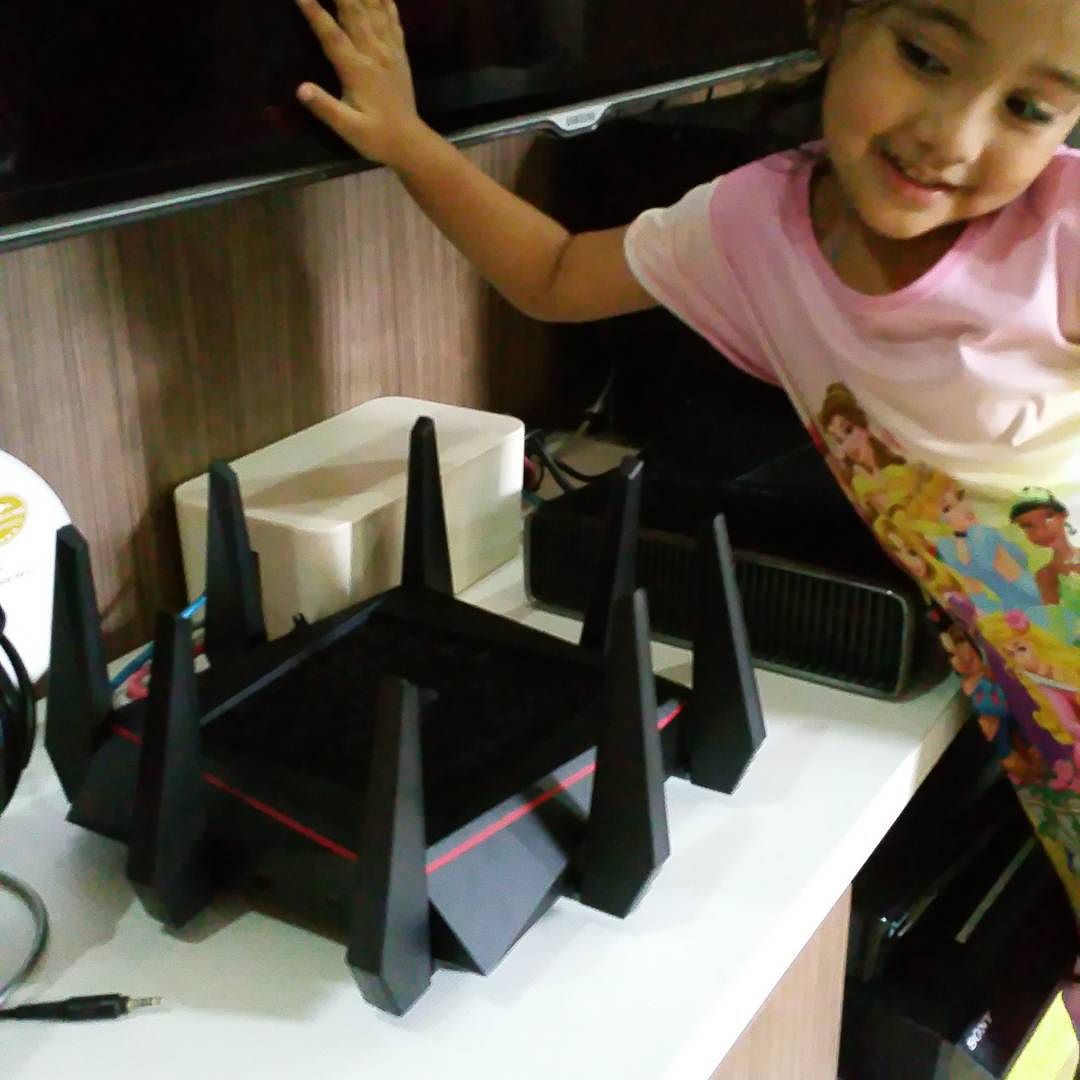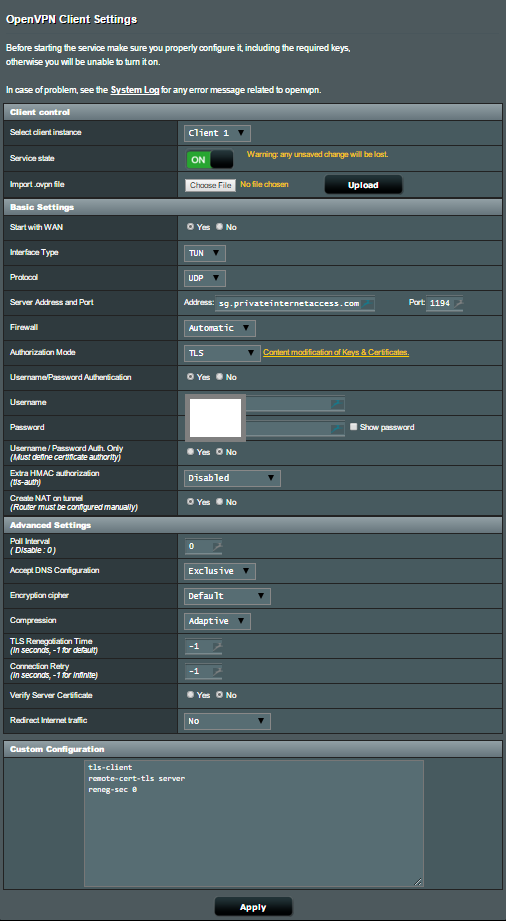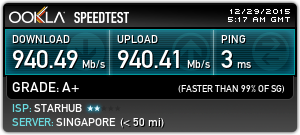If you’ve been doing marketing in the technology industry for a while, one truth becomes evident over time: Productivity is an over-used word. It’s become a catch-phrase for lazy marketers to help them convince their B2B audiences that their “product” is the ONE that will make their customers x% more efficient than their competitors.
It’s something I’m also guilty of in my own role – too many times, I’ve used “productivity” as a way to get management to approve a campaign because it easy for them to understand the message. But for our customers, who are just people like you and I, does that message really resonate? I bet it doesn’t.
That’s why I’m here to share actual productivity tips that I use every day to make myself complete my work faster. The quicker I can complete my work, the sooner I can head home to spend more time with my family. That’s what motivates me, and I hope you have something similar to give you that extra push.
These tips are a combination of hardware, software, and cloud based services+apps, which work together to get you in the “zone”. Without a holistic system to support you, we’ll be back to the days of manually filing documents in an archive room – and nobody wants to go back to that stone-age!
So, without further ado, here are the tools of my trade; the things I user all day, every day to get more done.
Hardware

Let me be frank – I’m an uber-geek. If there’s a new gadget idea, I would already have pledged for a founders edition on Kickstarter. I take my hardware setup seriously, and have invested a considerable (some might say insane) amount of time researching what are the best peripherals available. When it comes to my office setup, these are the fundamentals:
- Monitor: Get one 1440p 27” monitor, OR 2 24” 1080p monitors (the more, the merrier). If possible, check that it uses an IPS screen (for better colours and viewing angles). I got myself a 27” screen from an unheard of Korean OEM for less than $300. My colleagues are still casting envious glances my way.
- Keyboard: If you spend most of your day typing, a good mechanical keyboard with Cherry MX brown keys (so you don’t annoy your colleagues, too much) is necessary. Nothing beats the feeling of typing on spring-loaded switches. I personally use one with a combination of clear and brown
- Laptop: At least a 4th gen i5 with a 128GB SSD – anything lower will have you cursing more than you should
- Headset: Something comfortable that you can use for hours at a time, especially if you spend the majority of the day on calls with a geographically dispersed team. I use the Kingston HyperX Cloud II.
Software
Apparently, it’s eating the world. For you and me, it’s the vital middle-ground that lets us interface with the digital world. It’s the brains to the hardware brawn. And it is every 1 and 0 that gets transmitted every time we unlock out smartphones to when we press send on that email.
- Microsoft Office: The grand-daddy of office software. Excel, PowerPoint, Word, and Outlook. You love them and loathe them, at the same time. Used correctly, they can set you apart from a crowded field of office workers. But too often, we barely scratch the surface of what these tools can do. So do yourself a favour, and spend a few minutes every day reading up on a new tip – it is one skill that will possibly outlive even the cockroaches.
- Evernote/OneNote: Sure, you can use a pen and a note book, but wouldn’t it be nice to be able to search for the outcome of that particular meeting from three years ago? That’s why I prefer to digitize my notes, so that I can have everlasting access to all my meetings from years gone by just a few keystrokes away. Or, you can use this and get the best of both worlds!
- Docuworks/SharePoint: Do your team still share documents over email? The 90’s called, and it wants its collaboration back. These days, a document management system is a must with the thousands of documents that are created every day in every organization. Having a central place to store, manager, tag and track your documents is crucial for teamwork. Trust me, when you have five people working on the same document, you do not want to be the person that has to consolidate all the changes for you – that’s what the systems are for. It’s these small little things that separate us from the animals, after all!
Services+apps
- IFTTT: Here’s a concept – take two online services, connect them, and set up a rule so that If you do This, Then That will happen. Think of it as your personal automation butler.
- Feedly: Social media was supposed to be the death knell of the really simple syndication (rss) feed, but between the “smart” news feed algorithm that doesn’t always show you everything and the “personal branding” that seems to permeate LinkedIn daily, it’s nice to have a place to go where only content that you want to see gets pulled in. Feedly is an online service that acts as a rss aggregator, where you have to manually set it up to pull content from your favourite sites and blogs. Sure, it’s a bit of ol’ school web (Flipboard is a more modern variant), but you’ll have to pry my rss feeds from my cold dead hands.
- WorkingFolder/OneDrive/Dropbox: If the document management system is for collaboration, than this class of services are for your individual document management. Don’t clutter up the team’s work space with you fourteen versions of your monthly sales report. That’s what cloud storage is for. And no, My Documents is not the best place to store your precious documents either.
- Buffer/Hootsuite: With all the social media channels, it can be tiresome to update all your friends all on the different networks all at once. Use one of these tools to automate it for you, and with just a click, you can publish to multiple social accounts. #timesaver!
- Wunderlist: Everyone needs a to-do list. You should have to-do lists for short term, mid-term, and long-term goals, and you should keep coming back to them to make sure you are on track. How else will you measure your own performance?
- Dashlane/LastPass/KeePass: Apparently, I have 356 passwords. There is no way I could ever remember any. I could always use the same passwords for all 356 sites, but I’d prefer not to live so dangerously. A good password manager will securely keep your passwords protected, while allowing you to log in to sites with the minimum of hassle. If I get a new PC/tablet/phone, this is usually the first app I install. It saves me considerable time, and keeps my accounts secure.
So there you go – those are some of my favourite tools. What are some of the tools that you use? I’d love to hear from you, so shout out below in the comments section, or DM me on twitter.



